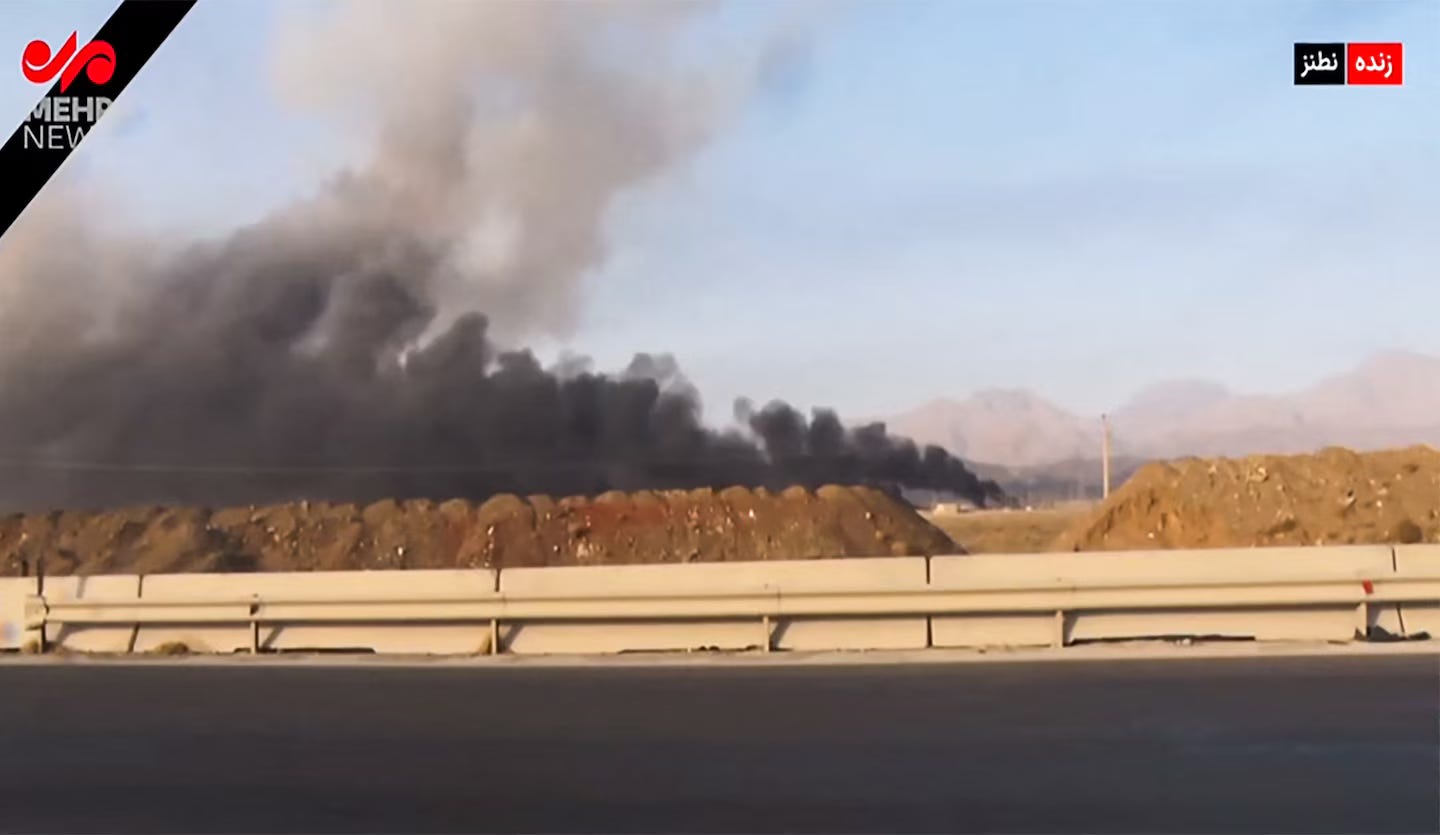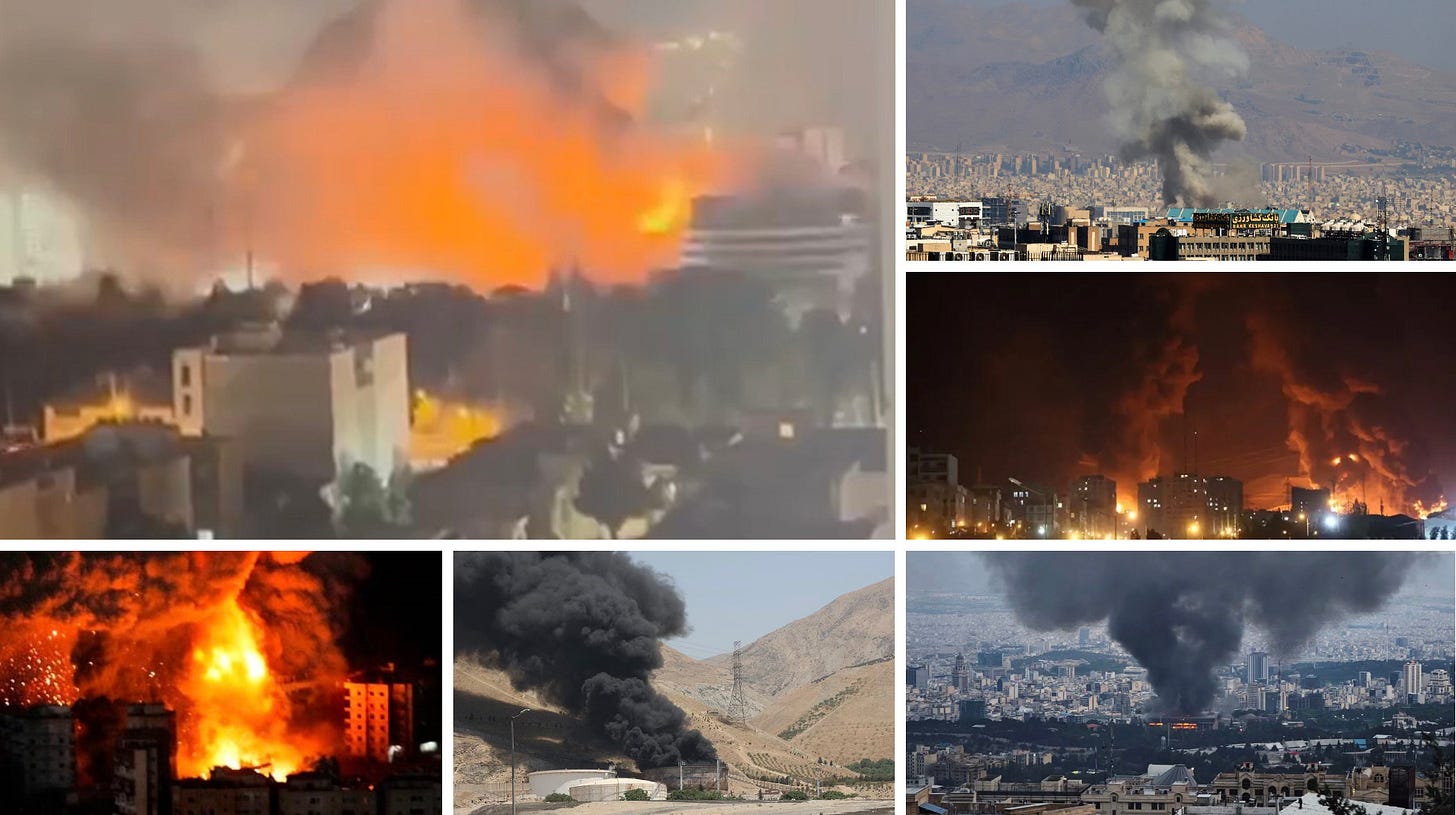Dedicated to my Gen Z oldest daughter, who has been led to believe that the Islamic Republic of Iran is somehow the victim in its current conflict with Israel.
I hope she reads this.
It didn’t have to be this way.
As the world waits to hear what President Trump’s next step will be regarding the latest Middle East conflagration (the White House is now saying it might take weeks), I think it’s worth revisiting the history of what got us here.
Let’s begin with the most recent stuff.
First of all, at today’s White House press briefing, Karoline Leavitt read a statement by the president, that read, “Based on the fact that there’s a substantial chance of negotiations that may or may not take place with Iran in the near future, I will make my decision whether or not to go within the next two weeks.”
Leavitt added, however, “If there’s a chance for diplomacy, he’s not afraid to grab it.”
So, you’re saying there’s a chance.
After calling off a meeting scheduled for this past Sunday in Oman, Iran’s leadership has suddenly —though, certainly not suprisingly— expressed a desire to return to nuclear negotiations with the US, but only after a ceasefire with Israel is secured and only if the Americans agree not to get involved in the scuffle.
Iranian Foreign Minister Abbas Araqchi has spoken by phone with US special envoy Steve Witkoff several times this week, in a bid to find a diplomatic end to the crisis.
But why would Israel agree to a ceasefire at this point? (And why would the US want one, either?)
The Israelis have already destroyed the Natanz nuclear facility, which housed 1,700 centrifuges.

They also took out the uranium production plant and damaged the uranium conversion facility at Isfahan.
The Parchin Military Complex, which is linked to weaponization research, and the Arak Heavy Water Reactor and the are both severely damaged.
It took the Israeli Air Force (IAF) less than 48 hours to achieve air superiority, having neutralized more than 70 air-defense missile batteries and a third of Iran’s surface-to-surface munitions.
After about another day, the IAF was able to declare air supremacy, signifying complete and unchallenged dominance, where the enemy is incapable of effective resistance.
The IDF has also whacked a bunch of Iran’s top nuclear scientists and senior military commanders, including two chiefs of staff.
Major General Ali Shadmani was appointed on June 13, immediately following the demise of his predecessor, Major General Gholam Ali Rashid.
Shadmani was taken out Tuesday night, having served in his new role for less than four days.
I’m thinking that there’s probably not a lot of interest in being the next man up.
The Iranians claim to have downed two or three Israel F-35 stealth fighters, but have yet to find an independent source to corroborate their story.

If I’m reading the boxscore correctly, Israel is absolutely beating the piss out of Iran.
So, it should come as no surprise that the Ayatollah is looking for a way out.
Of course, it didn’t have to be this way.






